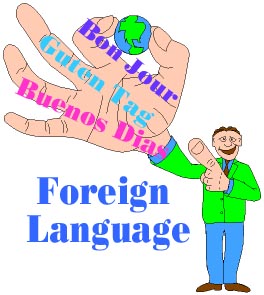
Foreign Language Cheat Sheets
In a previous blog post, I wrote about why I think it’s useful to learn foreign languages before I travel to different countries where English is not the primary language there. I mentioned that I use a cheat sheet to help me learn and remember some key phrases I would use at my destinations when interacting with locals.
In this post, I’ll share with you some of the key phrases that I like to use in my cheat sheets. I’ve had these same phrases translated in Spanish when I travelled to Latin American countries like Mexico, Costa Rica and Dominican Republic as well as Thai when I went to Thailand many years ago.
I’ll be going to China for the very first time later this fall. Although I am relatively fluent in Cantonese Chinese, this fact won’t help me much when I’m in Beijing where the locals are Mandarin speaking and do not understand much Cantonese.
Key Phrases Cover Different Situations
In general, I divide my cheat sheet up in different sections representing different possible situations I might find myself in during travel. For example, some useful phrases for general greetings I’ve used in Spanish are;
Hello – hola
Goodbye – adios
Good morning – buenos dias
Good night – buenos noches
Do you speak English? – usted habla ingles?
I speak very little Spanish – Yo hablo muy poco espanol
How are you? – como estas?
My name is Clint – me llamo Clint
What is your name? – como se llama usted?
Thank you – gracia
You are welcome – de nada
Sorry – lo siento
Some useful phrases I’ve used just when I’m up and about in town;
Where is taxi? – donde esta taxi?
How much to airport? – cuanto est al aeropuerto?
I have a reservation, x nights – yo tengo reservacion, x noches
Today – hoy
Tomorrow – manana
How much? (shopping) – cuanto cuesta?
It’s expensive – es caro
I have no money – Yo tengo dinero
The menu please – el menu por favor
Water, apple/orange juice – agua, jugo de manzana/naranja
Chicken, beef, fish – pollo, biftec, pescado
Bill please – la cuenta por favor
I’m from Canada – soy de Canada
And of course, numbers are always helpful;
1 – uno
2 – dos
3 – tres
4 – cuatro
5 – cinco
6 – seis
7 – siete
8 – ocho
9 – nueve
10 – diez
For the numbers, I’ll usually learn enough to cover all numbers from zero through to 999,999 which is normally sufficient for most foreign currencies.
A final key phrase I include in my foreign language cheat sheet is;
How do you say XXXX in Spanish? como se dice XXXX en espanol?
This last phrase has been particularly useful for those locals who understand a bit of English but when used, it shows to them that I am making the attempt to learn their language.
I’m currently making up a similar cheat sheet in Mandarin with the above type of key phrases. I started out with initial translations with the help of online resources including YouTube videos and will refine these translations and pronounciations with some people I know here in Toronto who speak Mandarin.
